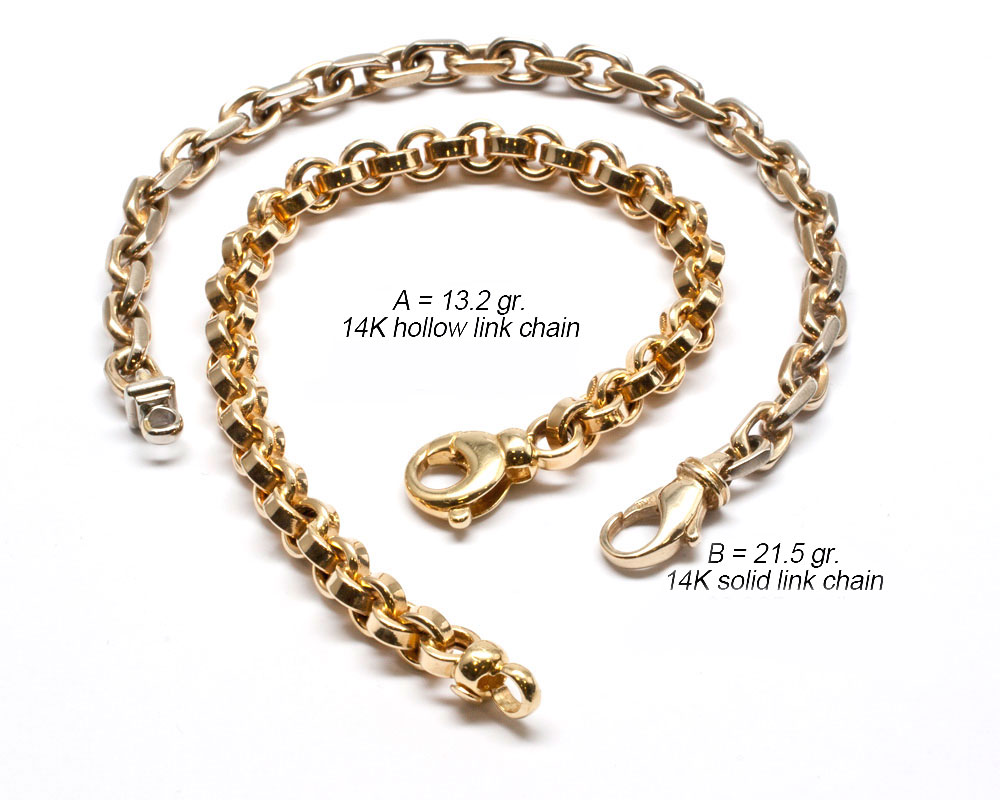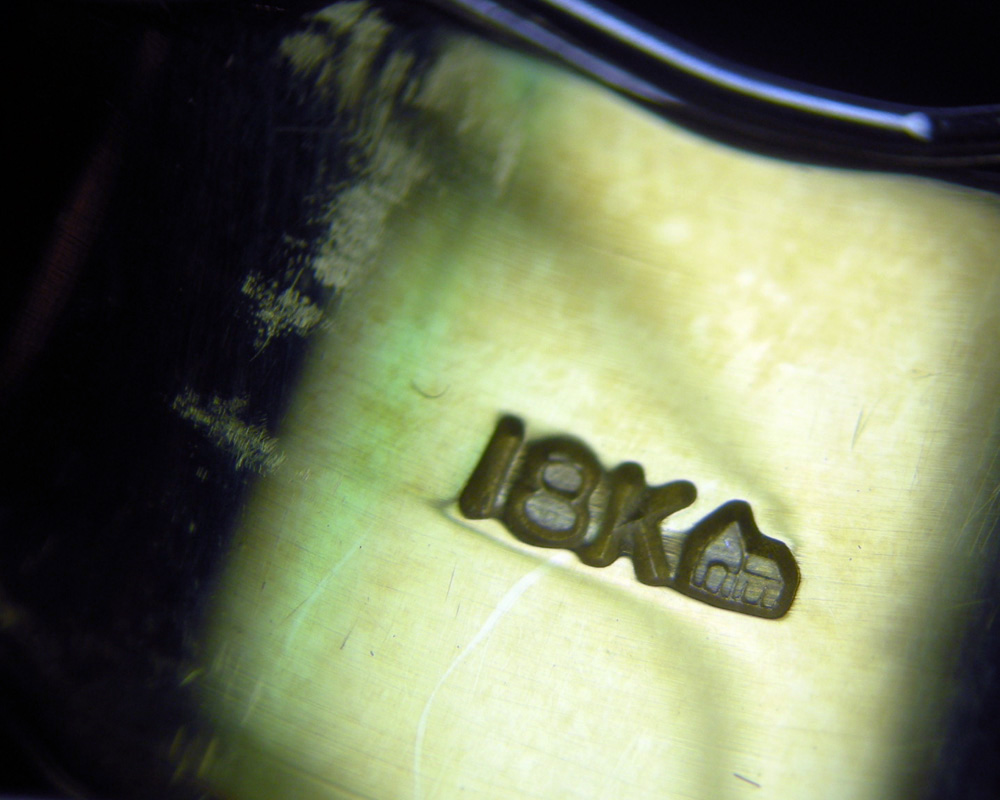Where is gold going?
 The global demand for jewelry went down 34% in 2020. Meanwhile, the price of gold went down and then up. What’s going on?
The global demand for jewelry went down 34% in 2020. Meanwhile, the price of gold went down and then up. What’s going on?
Though insurance professionals needn’t keep track of the cost of jewelry’s raw materials, it’s important to be aware that world events can affect jewelry’s valuation, the insured’s premiums, and the cost of a replacement.
Covid-19 is blamed for some the changes. Jewelry sales dipped at the first half of the pandemic year, then picked up dramatically. One explanation thread runs like this: early in the pandemic, people were sheltering in place, waiting for the crisis to pass. Also, as people’s income was suddenly lost or reduced, they were reluctant to spend.
Then, as many folks continued working from home—but were not able to engage in luxury experiences like travel or eating out—they started putting their funds into material things such as jewelry.
Meanwhile, the economy was sluggish and interest rates were low, so investors moved more of their funds into gold. As the demand for gold thus increased, so did the price of gold. And maybe investors moved their money around, trying to capture the wave. Jewelry manufacturers also faced these fluctuations in the price of raw materials.
Again, agents, underwriters and adjusters needn’t follow or anticipate such activities. But the fluctuating market value of gems and precious metals is a reminder of the importance of current insurance to value (ITV).
 What to look for on the appraisal
What to look for on the appraisal
Date of appraisal
The value of jewelry can change significantly over time. Market values can increase or decrease, so check the date to be sure valuations are not outdated.
Weight of metal
This is often left off appraisals, especially if the item is not solid gold. Obviously, a hollow piece contains less gold than solid gold jewelry, so we’d expect the two bracelets in the photo to have very different valuations.
Karatage
You’d be surprised how often this essential info is omitted, and the item is simply described as “gold.”
Gold jewelry should be marked with its karatage, which designates its purity. Pure gold is 24K, but this is too soft to be suitable for jewelry so alloys are added to improve durability. For example, jewelry marked 14K (U.S. standard) is 14/24 gold. Alternatively, the purity stamp may be a three-figure number, such as 585 (international standard), for the percentage of gold in the item.
Alloys may also be added simply to lower the price. For jewelry to be called "gold" in the U.S., the piece must be at least 10K (or 10/24) gold. Buyers and insurers should be suspicious of any jewelry described as "gold" that is not stamped with the karatage.
Trademark/Hallmark
Any gold jewelry that is stamped with its purity (such as 14K) must, by U.S federal law, also bear the manufacturer's trademark. A hallmark, the international standard, can reveal what, where, when and by whom the piece was produced. The purpose of this law is that if underkarating occurs, the trademark/hallmark helps trace the offending item to its source.
The name of the manufacturer should be given on the appraisal — though it rarely is.
Workmanship
Contrary to popular belief, the vast majority of jewelry is not "one of a kind." There is a huge difference between cast and handmade, and today's fine jewelry is usually machine-processed in some way. See our consumer section for a discussion and photos of jewelry workmanship .
Gold jewelry is sold just about everywhere—on TV shopping channels, through mail-order catalogs, in department stores, flea markets and fine jewelry stores. Gold earrings or a simple chain necklace can be found in a wide range of prices. For accurate valuation, all the details are needed.
FOR AGENTS AND UNDERWRITERS
All the qualities discussed above should be on the appraisal. It is important for agents and consumers to deal with an insurer who has the expertise to understand and insist upon a detailed appraisal.
It is a disservice to the insured for insurers to accept appraisals with inadequate information and to base premiums on inflated valuations, knowing that in the event of a claim, the settlement will be the insurer’s cost to replace. And if information is incomplete, determining like kind and quality may be a matter of guesswork.
The best appraisal includes the JISO 78/79 appraisal form and is written by a qualified gemologist (GG, FGA+, or equivalent), preferably one who has additional insurance appraisal training. One course offering such additional training is the Certified Insurance Appraiser™ (CIA) course of the Jewelry Insurance Appraisal Institute.
If a GG or FGA+ is not available, request JISO 805, Jewelry Sales Receipt for Insurance Purposes, which can be prepared by the selling jeweler, or JISO 806, Jewelry Document for Insurance Purposes, which can be completed by any appraiser. All the JISO forms prompt the appraiser for necessary information.
Even a professional jeweler or appraiser has difficulty telling the difference between 10 karat, 14 karat and 18 karat gold just by looking at it. Karatage must be stamped on the jewelry, and it should be recorded on the appraisal.
An appraisal for jewelry containing gold should also include manufacturer and style number, workmanship, and weight of the piece.
Appraisals often lack the manufacturer and style number. However, this is exactly the information the adjuster (or a consumer shopping for same) needs for a replacement, and you should request that it be on the appraisal.
A professional jewelry retailer will be able to weigh gold jewelry. Since weight is an important determinant of value, be sure this information is on the appraisal.
FOR ADJUSTERS
If there is inadequate information on file, perhaps only a poor appraisal or just a sales receipt, try calling the jeweler to see if he can provide more information. Jewelers usually keep notes on the pieces they carry and sell. (However, you may get no cooperation from the jeweler. Or they may embellish the quality of the piece, with the intention of helping the customer to a better piece, so use caution.)
You may find jewelry that appears similar but is available at different prices. Be sure to follow appraisal descriptions closely so the replacement is of like kind and quality. It can be useful to consult a trusted appraiser to be sure the replacement measures up to the original.
©2000-2025, JCRS Inland Marine Solutions, Inc. All Rights Reserved. www.jcrs.com


